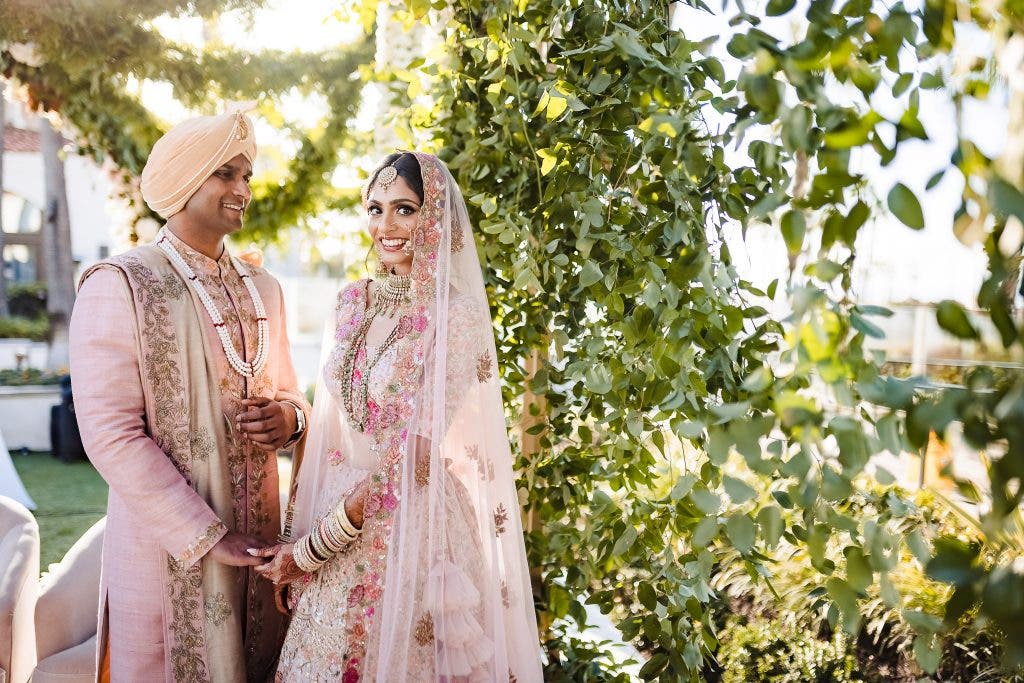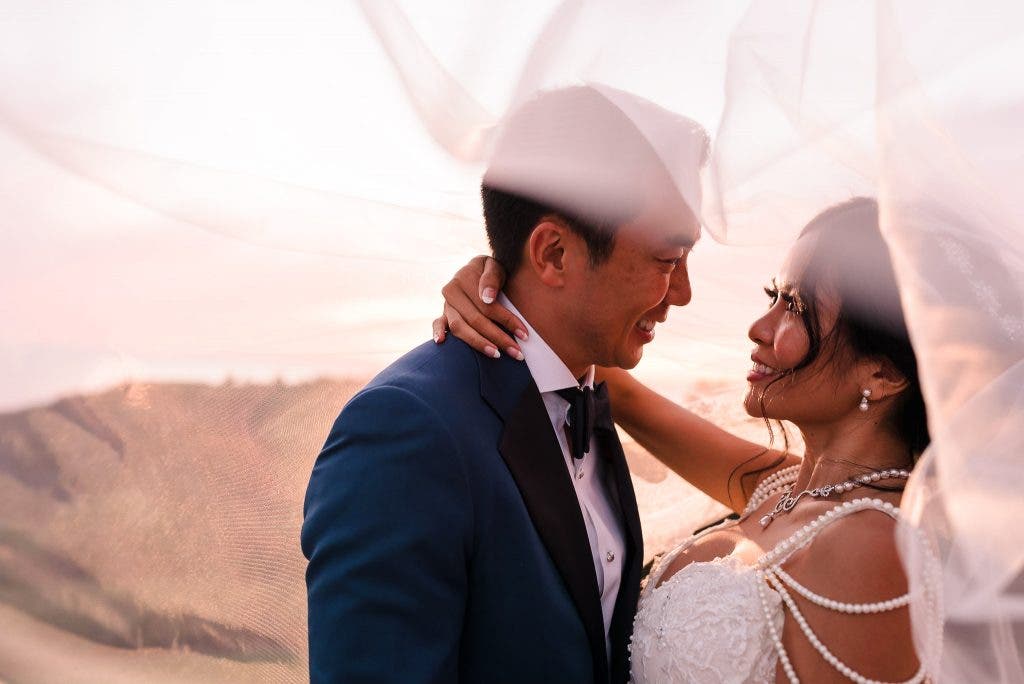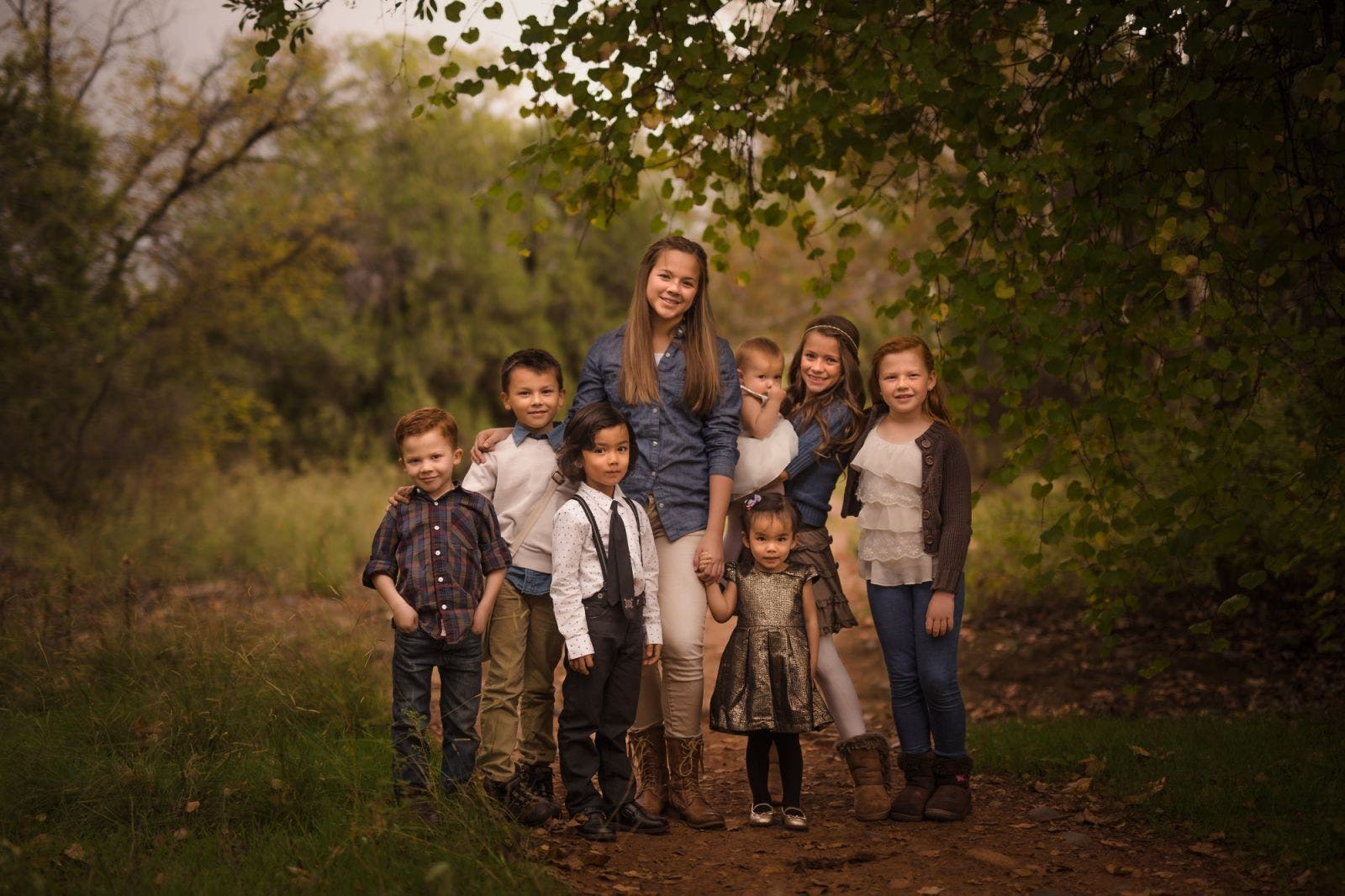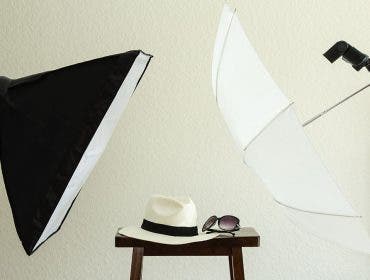One of the most common questions I get asked by other photographers is, “Which prime lens should I get? 35mm vs 50mm?” Indeed, the answer to this question could really help you, whether you photograph portraits and weddings, or any sort of general photography from epic landscapes to casual everyday moments.
So, what is the answer? Well, as you can probably guess, the correct answer is, “It depends!” It depends on what type of photography you do, of course, but it also depends on your creative style as an artist.
Let’s dive in and help you determine whether a 35mm vs 50mm prime lens is better for you.
What is the Difference Between 35mm vs 50mm?

First, let’s make sure we understand the technical difference between 35mm vs 50mm. The two prime lenses are quite similar, but that 15mm in between the two numbers sure does make a difference.
If you want to skip to the next part and avoid the technical explanation, here’s the simplified version:
50mm is considered to be the most “normal” focal length. It is the midpoint between two very common categories of lenses: wide-angle and telephoto. 35mm, as its lower number implies, is a slightly wide-angle focal length, but not by much. In other words, 35mm fits more into your composition than 50mm.
To get technical, 50mm will give you about a 47-degree angle of view, and 35mm will give you about a 63-degree angle of view. (We are assuming a full-frame camera sensor.)
If you’re having trouble visualizing that, just remember that 90 degrees is a right angle, so, a 50mm prime is almost half that, and a 35mm is right in between. (By the way, a 90-degree angle of view would be about a 21mm lens.)
35mm vs 50mm on a Crop Sensor
Of course, if you have a cropped sensor, the effective angle of view changes. On APSC sensors with a ~1.5x crop factor your 50mm lens will become a bit of a telephoto prime at ~75mm, a 33-degree angle of view, and your 35mm will become a normal prime, around 52mm, or a 44-degree angle of view.
What if you have an APSC sensor camera, and want the same full-frame equivalent as 35mm or 50mm? 35mm will “turn into” 50mm, and 24mm will “turn into” 35mm. If you have a Micro Four Thirds sensor, with a 2x crop, then in order to achieve 35mm and 50mm equivalents, you’ll want an ~18mm prime or a ~25mm prime.
But, enough of the numbers! Let’s see a visual representation of what 50mm and 35mm look like in the real world:







35mm lens vs 50mm Lens: Which is Better for You?

When it comes to deciding on 35mm vs 50mm, there is the practical, technical aspect of it, and there is also the creative, artistic aspect.
Think about how you would take the same picture with both lenses. Let’s say you’re photographing a portrait of a human subject, and you want to frame them the same way with both lenses. With your 50mm lens, you might need to step back, away from your subject, while with your 35mm lens, you might need to step forward, towards them, because of the wider angle.
A viewer may not be able to identify exactly which lens you used, however, they’ll often be able to feel a “closeness” to your subjects, especially with a 35mm lens if you take a step closer to your subject.
So, here’s the deciding factor, the big question you can answer with just a little bit of practice. Do you prefer to get closer to your subjects, or do you prefer to remain a “normal” distance away?
35mm vs 50mm Lens for Portrait Photography

When it comes to portrait photography, “normal” focal lengths are not always considered to be optimal. In fact, if you ask most portrait photographers about a “portrait lens”, they’ll probably mention an 85mm prime or a 105mm prime!
If you are often photographing just one portrait subject, maybe two, then either a 50mm or even an 85mm prime is usually a great choice. However, if you are often photographing more than two or three subjects, especially more than five, you’ll find that 35mm is just a more practical focal length for fitting everyone into the frame.

What happens if you photograph one person’s portrait with a 35mm prime? The closer you get to their face, the more your closeness and the wider angle of your lens will exaggerate their facial features, essentially making their nose look bigger! This is often considered unflattering, however, with careful consideration of the exact distance between you and your subject, a 35mm prime can create a sense of closeness and intimacy with the subject that you simply won’t achieve with an 85mm prime, though you can come closer to it with a 50mm.
Remember, Photography “Rules” Are Meant To Be Broken!
Oppositely, what if you try to capture a large group, say a bride and seven bridesmaids, with a 50mm or even 85mm prime? Well, first of all, you’ll need a lot of room to back up and fit them all into the frame! This isn’t always possible, and for that reason, I simply can’t recommend trying to do all your portraits with a 50mm, especially at a wedding where constraints indoors may be unavoidably tight.
However, if you can back up far enough to fit a group into the frame, you’ll be rewarded with the opportunity to create a bit more shallow depth of field, when using a fast aperture, and this can make up for the sense of distance between your camera and the subjects.
Personally? I often find that when doing weddings in general, and wedding portraits, I tend to reach for my 35mm prime, because I am more often in closer quarters, and more often capturing groups of 3-5 or more people.
35mm vs 50mm Lens for Candid & Street Photography

Whether you are out and about on vacation, or just hanging out around the house, having either a 35mm or 50mm prime at your disposal can be a thing of beauty. If you’re trying not to intrude on a special, quiet, intimate moment, then having a relatively small f/1.8 or f/2 prime on your camera can help you become more unobtrusive around your subjects.
Which focal length is best for these situations? If you’re always forced to keep some distance from your subjects, maybe because they are shy, then a 50mm prime lens will allow you to capture many types of moments without having to get “in their face” so to speak.

Oppositely, if you’re able to “get in the action” without disturbing anyone, a 35mm lens can allow you to immerse your viewers in the scene a little bit more, by allowing them to feel closer to the subject, and also see a bit more of the surroundings in the background.
Personally? Once again, I reach for a 35mm lens, preferably a small, unobtrusive f/1.8 prime.
35mm vs 50mm Lens for Landscape Photography

Landscape photography, as well as most types of outdoor or nature photography, is where the technical factor of your focal length will play the biggest role. Why? Because most of the time, a lot of your subject may be very far away, essentially “infinity”, which means that taking a step forward or back will do almost nothing to change all of your composition or at least the background.

For this reason, both your creative and technical decisions become very similar. What angle of view do you find to be the most useful? Do you prefer a wider view that includes more of the scene? Or, do you enjoy focusing on tighter, oftentimes more simplified compositions?
Again, there’s no wrong answer. I will say, however, that my personal favorite focal length for landscape photography is, once again, 35mm.
35mm & 85mm: An Excellent Combination

At this point, I hope you’re wondering why I like 35mm so much. If I had to choose only one lens, I don’t know if it would be a 35mm prime, honestly. I may have chosen 35mm for the above genres, but I don’t believe I could do everything with this lens.
Here’s my secret. For portrait, wedding, and candid photography, I’d pair a 35mm prime lens with a telephoto prime lens like an 85mm. This would give me the best of both worlds. If I want to isolate the subject (background blur), I can move back and do that with an 85mm prime.
With landscape, travel, and other types of outdoor photography, again, I wouldn’t choose a single 35mm prime lens — no way. I’d much rather have a wide-angle zoom lens. Some standouts include the 16-35mm, 15-35mm, or even 14-35mm lenses, not to mention Canon’s new RF 14-35mm f/4 L IS.
35mm & 50mm: Top Recommendations
Surprisingly, I’m not going to tell you that certain 35mm or 50mm primes are terrible, and others are great. You can’t go wrong with almost any 35mm or 50mm prime that has been released in the last few years. They’re all excellent. You can choose between affordable options like the Nikon Nikkor Z 35mm f/1.4, or flagship lenses like the Sony FE 35mm f/1.4 GM!
The truth is, what is more important is your specific need and your budget. In addition to being an excellent value, there’s another advantage I mentioned: being “incognito.” A small, compact, affordable prime such as the Nikon Z 40mm f/2, offers a nice split-the-difference focal length between 35mm and 50mm!, especially compared to lugging around the giant, heavy, attention-grabbing Nikon Z 50mm f/1.2 S.
Also, if you don’t plan to shoot wide-open, there’s even less reason to spend a lot of money! All primes these days are excellent by the time you stop them down just one or two stops. So, when shooting landscapes at f/8, you might as well get the affordable, lightweight, portable prime!
Conclusion

With that being said, here is the conclusion that I hope you all draw from this article. On the one hand, there’s no “wrong” choice when deciding between two relatively similar prime lens focal lengths. On the other hand, certain types of photography and specific conditions simply lend themselves to one focal length or another.
The best thing you can do is to try both focal lengths, and see which one fits your creative style! On the other hand, sometimes the best lens for the job is a pair of primes or a zoom lens!






